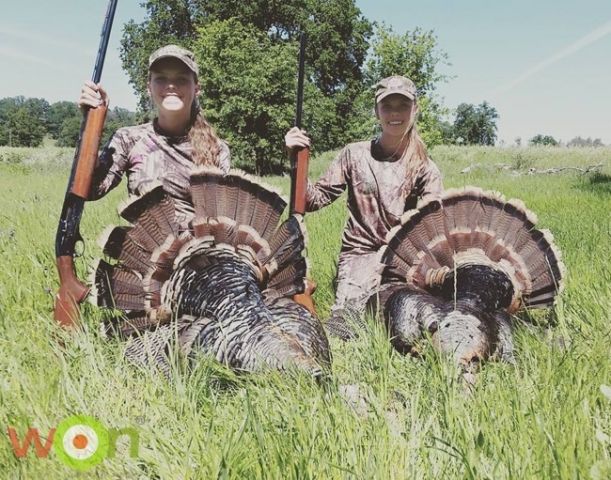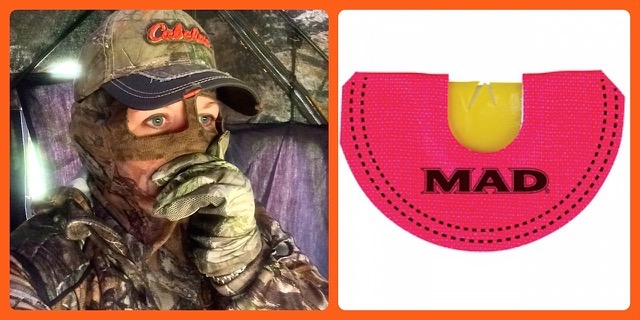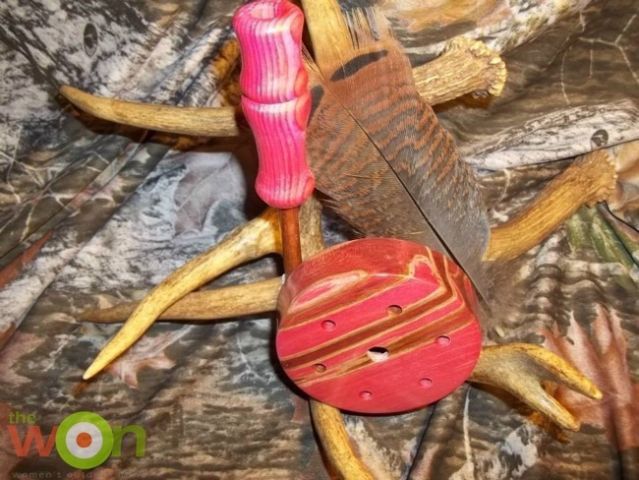Pursuing turkeys is one of the most exciting forms of hunting. The birds are tough to hunt yet also engaging. Hunters can be conversational with their quarry. While the conversations are exhilarating, the confrontations are what turkey hunters live for. The last 50 yards of enticing that big gobbler to your location can last for hours – or, end in a flash. It all depends on the individual bird and the situation. If getting started in turkey hunting is in your plans for this coming year, you might want to get your hands, or mouth, on a turkey call and start practicing.
As avid turkey hunters, there are numerous types of turkey calls to help you bring in that monster bird. From box to slate, diaphragm to many specialty versions, there are calls to use in any situation you find yourself while trying to bag a big gobbler. Some of these calls have been around for more than a hundred years, while others have only been recently introduced. One thing that they all have in common is that they mimic the language of the wild turkey.

Wingbone call
The first call we will talk about is the wing bone call. This is the first type of turkey call invented. Pieces of a turkey’s wing bone are boiled and the marrow removed. The pieces are glued back together. By placing your lips together over the bone and making a kissing type sound, you can produce a turkey “yelp”. These calls are made at home, or by custom call makers, and not commercially sold in stores.
Box call
Box calls are next on the list. They are pretty much like the name implies. A wooden box that has a lid attached. The lid is brought across the edge of the box, making cluck sounds. The caller can use a gentle stroke to create a quiet cluck or purr. You can strike the paddle harder to achieve a louder call. In a pinch, you can also use the box call to create a ‘gobble” sound! Most of these calls are made of wood, while some newer ones are made of plastic. While all turkey hunters know, its hard to hunt turkeys with your hands full, and a box call requires 2 hands to operate. Box calls are great for beginners, and should be in your arsenal.

Slate call
Slate calls come in handy too. They are 2 part calls, the first part being called pot. The pot is a round piece of slate, ceramic, glass or other materials fashioned onto a piece of wood or plastic. The 2nd part of this deadly duo is the striker, which is usually made of wood. The striker is rubbed or scratched on the pot. You hold it as you are holding a writing instrument. The slate call can make almost all of the talk that a turkey can produce. Once again, the only draw back to this call is that you need 2 hands to operate.

Diaphragm
A diaphragm call is the most difficult to learn, yet the easiest to conceal while in use because it is hidden in your mouth. This keeps your hands free to hold your gun or bow. A diaphragm call is made by placing a piece of rubber, stretched between 2 pieces of metal. The metal is then wrapped in a cloth material. Place the call on the roof of your mouth and by directing tongue pressure and air over the rubber, almost all of the turkey sounds can be made. This call takes lots of practice to master, but once there, this call will be your saving grace.

Specialty calls
The final group is specialty calls. These include push button and shaker calls. The push button is just that – a box that contains a spring loaded dowel, that when pressed downward, creates a cluck sound. These calls are usually made of wood, which makes them easy ruin if you take them out in the rain. Plus, with moving parts, you have to be careful not to drop them. The shaker call is a tube call, and when shook vigorously, it creates a gobble sound. Be forewarned… you must be very careful about employing the gobbling sound. If you are on public land and you let go with a gobble from your shaker, you may call up another hunter thinking you are a wild turkey. Another negative about this call is that you have to shake it violently and a turkey may see you moving.
Try many styles, use them in hunting situations and try to mimic the vocal turkeys. You won’t learn unless you practice. We like to combine the slate call to get their attention and then rely on a diaphragm call when we get a visual. Of course we are still learning our calls and practice as often as possible; we have been known to take ours with us in the car, listening to a how-to-call CD’s and annoying our passengers or even sitting on our front porch with a slate call in hand, trying to get an early season Tom to talk back to us. You Tube offers lots of instructional videos on calling techniques.
Hint: Turkeys are very visual and detect the slightest of movements, rapidly fleeing in the opposite direction. Keep your hand gestures and body movement to a minimum to increase your chances at a successful hunt and unsure your hard work and patience pays off with a wild turkey going on the BBQ for dinner!
Morgan and Mason Baseley are just everyday girls who love the outdoors and who happen to be identical twins that also love hunting – from waterfowl to big game. "We are here to empower girls and shooting sports. At 17-years old, we are the next generation of female hunters and need to be able to speak up to protect our hunting rights and protect the Second Amendment." Sponsored by Girls with Guns Clothing, these young women are given the platform to make their voices heard in their column at The WON, "2Girls Hunting." They also speak at banquets about hunting and write a blog for the Sportsmen’s Alliance. View all posts by Morgan Mason Baseley
Nice Turkey hunt and Nice Decoys